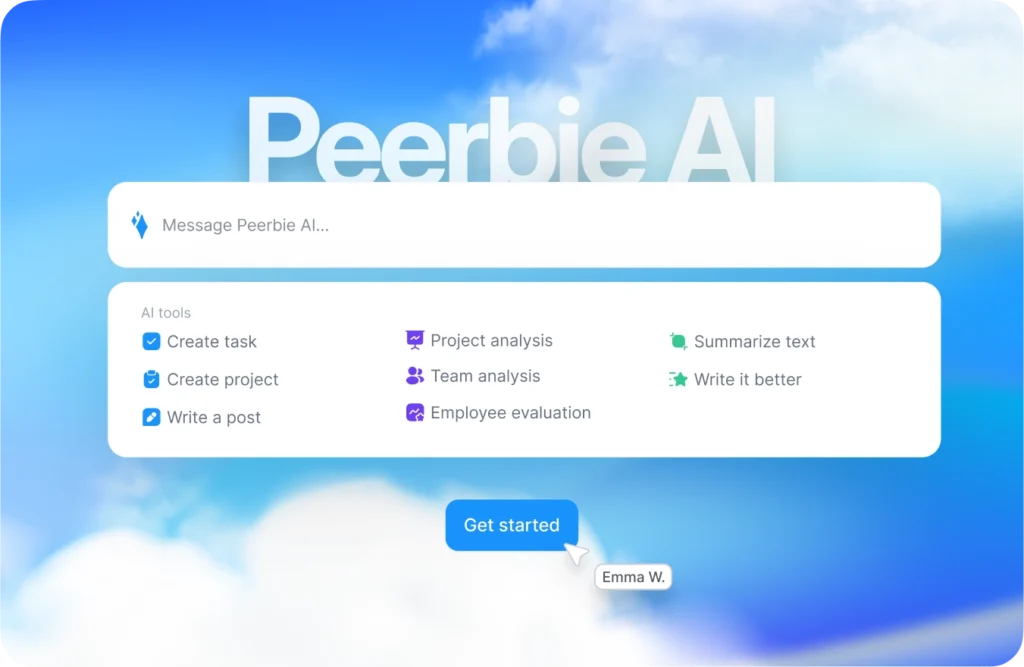How to Write a Project Proposal?

Writing a project proposal is a crucial step in turning an idea into a structured plan. Whether you’re seeking funding, approval, or stakeholder alignment, a well-crafted proposal serves as your project’s first impression. But how do you create a proposal that not only informs but also persuades? This article breaks down everything you need to know about project proposals, including their components, steps to write one, and tips for effectiveness.
What is a Project Proposal?
A project proposal is a formal document that outlines the objectives, scope, and approach of a project. It acts as a blueprint that defines how the project will be executed and why it’s worth pursuing. Whether you’re a professional looking to pitch an idea or a student presenting a research project, understanding the anatomy of a project proposal is critical.

Importance of a Project Proposal
The importance of a project proposal cannot be overstated. It serves as the foundation for any project, addressing key questions like: What problem are you solving? Why is it necessary? How will you achieve your goals?
- Clarifies Objectives: Proposals break down the project’s purpose into clear, actionable goals, ensuring everyone involved is on the same page.
- Secures Buy-In: A well-articulated proposal builds confidence and persuades stakeholders to support your project.
- Guides Execution: Proposals provide a roadmap, ensuring alignment throughout the project’s lifecycle.
Types of Project Proposals
Understanding the different types of project proposals helps tailor your approach to specific scenarios:
- Solicited Proposals: Submitted in response to a request, such as an RFP (Request for Proposal).
- Unsolicited Proposals: Initiated independently without a prior request.
- Informal Proposals: Brief and less structured, often used for internal projects.
- Formal Proposals: Comprehensive documents that include detailed research, planning, and justification.
- Internal Proposals: Developed for in-house projects and aimed at improving organizational efficiency.
- External Proposals: Submitted to external entities, such as potential investors or clients, for funding or collaboration.
Key Components of a Project Proposal
A successful project proposal includes several core elements, each of which addresses specific aspects of the project:
Executive Summary: This section provides a concise overview of the project, highlighting its purpose, objectives, and potential impact.
Project Description
- Problem Statement: Identify the issue or opportunity the project addresses.
- Objectives: Define specific, measurable goals.
- Deliverables: Describe the tangible outcomes the project will produce.
Budget and Resources: Detail the financial requirements, resource allocation, and any additional support needed to execute the project successfully.
Timeline: Present a realistic project schedule with milestones, deadlines, and key phases.
Risks and Mitigation Plans: Acknowledge potential challenges and provide strategies for minimizing or addressing these risks.
Conclusion and Call to Action: End with a persuasive summary that emphasizes the project’s value and encourages decision-makers to approve or invest in the initiative.
Tips for Writing Effective Project Proposals
Crafting an effective project proposal requires more than just filling in sections. Use these tips to create a proposal that stands out:
- Understand Your Audience: Tailor your language, tone, and details to suit the stakeholders’ knowledge level and interests.
- Be Persuasive: Highlight the benefits of the project and explain why it’s the best solution.
- Use Clear and Concise Language: Avoid jargon and keep your writing straightforward.
- Include Visuals: Charts, graphs, and diagrams make data more engaging and easier to understand.
- Focus on Value: Emphasize the return on investment (ROI) or benefits the project will deliver.
Project Proposal Example Outline
A detailed example helps solidify your understanding of how a proposal should look. Below is a sample outline:
Project Title: “Implementing a Digital Marketing Strategy for Local Businesses”
- Executive Summary: Overview of the project’s objectives and expected impact.
- Problem Statement: Challenges faced by local businesses in reaching online customers1.
- Objectives: Increase online visibility and sales for participating businesses by 30% in 12 months.
- Proposed Solution: Implement a targeted social media advertising campaign.
- Budget: $50,000 allocated for advertising, content creation, and analytics tools.
- Timeline: Phase-wise implementation over 12 months.
- Risks and Mitigation: Addressing challenges such as competition and budget constraints.
- Conclusion: Call to action for securing approval and funding.
How to Write a Project Proposal in 6 Steps
Writing a project proposal can seem daunting, but breaking it into manageable steps makes the process much simpler. Follow these six steps to create a professional and persuasive proposal:
Step 1: Define Your Project Objectives
Start by identifying what you aim to achieve with the project. Ask yourself:
- What problem does this project solve?
- What are the desired outcomes?
Be specific and use SMART objectives (Specific, Measurable, Achievable, Relevant, Time-bound). For example, instead of saying “Increase sales,” specify, “Increase online sales by 20% within six months.”
Step 2: Research and Gather Relevant Data
Back your proposal with solid research. Collect data, statistics, and insights that support your project’s need and feasibility. This step is essential for demonstrating the value and urgency of your proposal.
- Conduct market research to validate your ideas.
- Consult industry reports, case studies, or surveys.
- Gather financial and logistical information to support your budgeting.
Step 3: Develop a Clear Structure
Organize your proposal with a logical flow that guides the reader seamlessly from one section to another. Use the standard components outlined earlier, such as an executive summary, problem statement, objectives, budget, timeline, and conclusion.
Step 4: Write the Proposal Content
Start writing each section with a focus on clarity and persuasiveness:
- Use simple, professional language.
- Present information concisely, using bullet points and visuals where appropriate.
- Highlight the benefits of the project, emphasizing what the audience stands to gain.
Step 5: Review and Refine
Once your draft is complete, review it thoroughly:
- Check for grammatical errors, typos, or inconsistencies.
- Ensure all data and facts are accurate and up-to-date.
- Seek feedback from colleagues or mentors to improve the content.
Step 6: Submit and Present Your Proposal
Prepare for submission and presentation by tailoring the proposal to your audience. When presenting:
- Use a compelling slide deck or visual aids.
- Practice your pitch to convey confidence and enthusiasm.
A project proposal is your opportunity to communicate your ideas and win support. By understanding its components, following a structured process, and using effective communication, you can create a proposal that stands out and gets results. Remember, a great project proposal isn’t just informative—it’s persuasive, compelling, and tailored to its audience.

